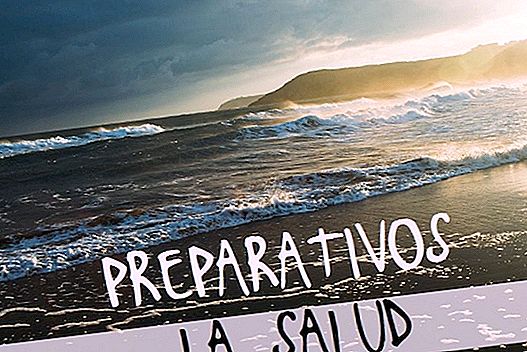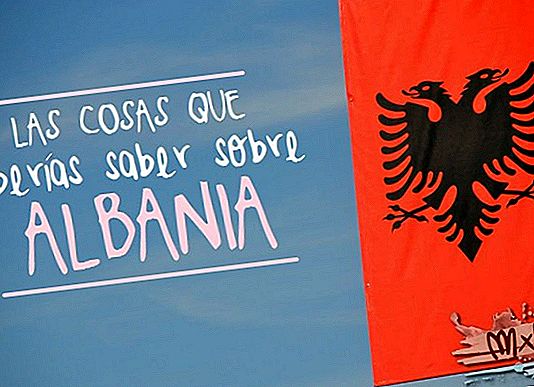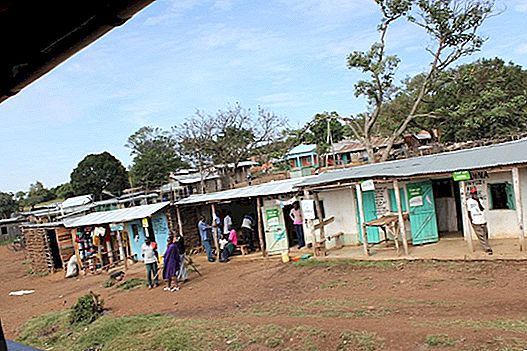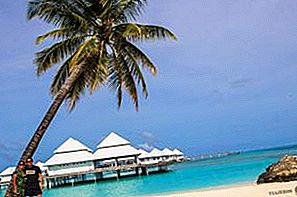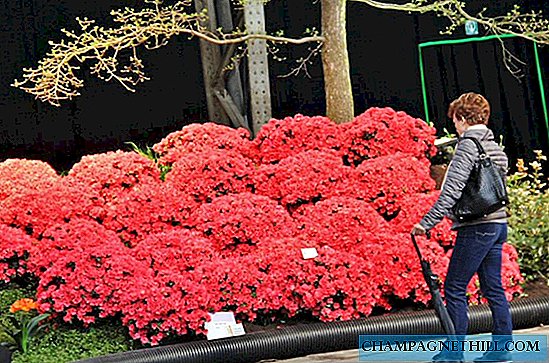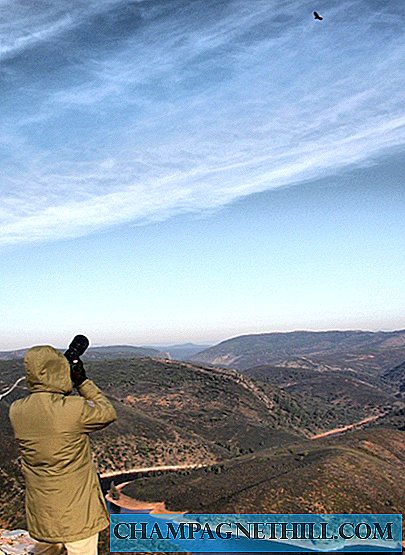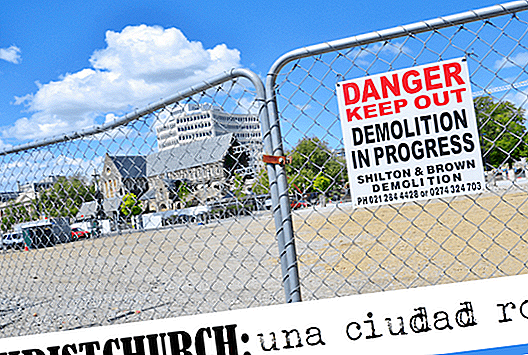Day 11: CUZCO: TAMBOMACHAY, PUKAPUKARA, QENQO, CRISTO BLANCO AND SACSAYHUAMAN
After the hours that we have slept today, it is completely normal that before 6 in the morning we are ready to eat the world and more today that we have a day of the most complete making the Visits near Cuzco: Tambomachay, Pukapukara, Qenqo, Cristo Blanco and Sacsayhuaman.
At 7 in the morning we are already having breakfast at Casa Andina Cuzco Plaza, with incredible views of the city.

Views of Cuzco from the breakfast room of Casa Andina Cuzco Plaza
Today is the first day we really ate breakfast hungry since we reached a considerable height, so we took it more calmly than usual, trying not to go too fast and that feels bad.
After breakfast we go straight to the Municipality of Cusco that opens at 8 in the morning and there we buy our tourist ticket for 130 soles each that will allow us to do the Visits near Cuzco: Tambomachay, Pukapukara, Qenqo, Cristo Blanco and Sacsayhuaman and in the next few days some more places.
The Cusco Tourist Ticket is a ticket that entitles you to enter and visit 16 tourist places located around the city of Cuzco where we arrived yesterday.
This document only gives access to the different places that appear on the ticket and does not include additional services such as guides, transportation or others.
The places included in the Tourist Ticket of Cuzco are: Museum of Art and Monastery of Santa Catalina, Municipal Museum of Contemporary Art, Regional Historical Museum, Site Museum of the Qoricancha, Museum of Popular Art, Qosqo Center of Native Art (Folkloric Dances) , Monument to Pachacuteq, Saqsaywaman, Qenqo, Pukapukara, Tambomachay, Tipon, Pikillacta, Pachacuteq Viewpoint and in the Sacred Valley area: Pisac, Ollantaytambo and Chinchero.
It is clear that wanting to visit many places in Peru is not especially economical, so buying the Tourist Ticket of Cuzco is the best option to save a few soles by doing the Visits near Cuzco: Tambomachay, Pukapukara, Qenqo, Cristo Blanco and Sacsayhuaman.
The Cuzco Tourist Ticket price it is:
General 130 soles (Approximately 43 dollars 32.50 euros)
Students 70 soles (Approximately 23 dollars or 17.50 euros)
Promotional General for Internal Tourism 70 soles
Promotional Students for Internal Tourism 40 soles
Resident and non-resident residents of Cusco Free entry by presenting ID
Students must present a valid original document (University Card, Pedagogical Institute Card, etc).
The places where you can buy the Cusco Tourist Ticket They are:
COSITUC Tourist Galleries of Avenida El Sol, next to the Credit Bank) from Monday to Saturday from 08:00 to 18:00 and Sundays from 08:00 to 13:00.
Archeological Sites included in the Tourist Ticket from 07:00 to 18:00 (It is not recommended to wait to acquire it here since there is no guaranteed stock or staff that attends the sale of tickets on a regular schedule. It is preferable to purchase it in advance at the center of Cuzco, on Avenida El Sol.
OFEC branch offices on Calle Garcilaso, s / n (Monday to Saturday 08:00 a.m. to 5:00 p.m. and Sunday from 08:00 a.m. to 8:00 p.m.).
You can book the tourist ticket here specific to the area of Cusco or the Sacred Valley.
The idea we have is to go up to Tambomachay in combi and from there start walking down, traveling the rest of archaeological sites around Cuzco.
That will take us about 3 hours or so, although we intuit that there will be some more considering that we stopped to take pictures until the flies. We get this idea from the travel diary to Peru by María de Callejeando por el Mundo and we believe it can be the best way to get to know some of the most impressive places in Peru.
Another good option to learn more about the history is to book this guided tour in Spanish in which you travel through Cuzco and its 4 ruins.
And so we do it. After having in our hands the Tourist Ticket of Cuzco, we take a taxi on the same Avenida del Sol that for 4 soles leaves us in Recoletos street, at the stop of the combis Mr. Del Huerto (some white and blue vans with the name marked), next to the Rosaspata market, which is where we have been told that the you combine Tambomachay.

Rosaspata Market waiting for the combi to take us to Tambomachay
We wait about 5 minutes until one of the vans appears, with the name Sr. del Huerto and for 1 sun per person we set off to Tambomachay, which will be the first stop today.
The day has dawned quite cloudy and fresh, although crossing our fingers, we hope that with the advance of the day the sun will be present and allow us to enjoy the surroundings of Cuzco with a good day.
A few minutes before 9 in the morning we are already at the entrance of Tambomachay, the change leaves you right in front and after showing our tickets we access alone to visit the first ruins of the day.

Entrance to Tambomachay
Tambomachay It is protected about 300 meters from the main road. This site consists of an incredible ceremonial pile of carved stone that channels the crystalline water of a spring through some sources that still work today.

Tambomachay
It is popularly known as the "Bath of the Inca" and the theory connects it with the cult of the water of the Incas.

Tambomachay views

Ceremonial stone stack in Tambomachay from another area of the enclosure
Although we have just started the day, we can already intuit that this part of the trip, perhaps the most cultural, is proving incredible.
After a while visiting Tambomachay in total solitude, we leave the enclosure and down a little, crossing the road, we go towards Pukapukara, which is located on the left side of the road, where we arrive in 5 minutes.

Views of Pukapukara from the road
At the entrance of Pukapukara we are not asked for the tourist ticket, since there is no one, so there we go, impressed more and more, with everything we are having the opportunity to live these days on the trip to Peru.

Pukapukara entrance

Pukapukara
Pukapukara, according to the light of the moment, seems to be pink, hence the name, which means "red fortress". Although it was probably a hunting lodge, a guard post or a passenger stop.

Pukapukara
It consists of some rooms in the lower part, a pantry and an upper embankment with panoramic views.
Book the best rated tours and excursions in Spanish from Cuzco by travelers:
- Guided tour of Cusco and its 4 ruins
- Excursion to the Sacred Valley of the Incas
- Excursion to Machu Picchu
- Excursion to Moray and the salt mines of Maras
- 2-day route along the Inca Trail- Many more excursions and tours here
Here in Pukapukara is when we begin to meet people who come in organized groups and see how they are advancing despite the fact that they are guided and are making stops with the corresponding explanations.
People we saw entering Tambochamay when we were leaving and now we see them leaving Pukapukara, when we have not yet traveled the entire site.
Without a doubt, a guide in this type of places is a very good option, but wanting to make these visits in a few hours, we believe that it is missing the most important thing, an essence that is impossible to perceive happening so quickly.
Since Pukapukara we go to Qenqo following the road and after about 40 minutes we see a detour to Saqsaywaman, but, according to the guidelines we have read on this route, we have to continue and not take it, so as not to have to go back later to see these ruins, since since Saqsaywaman, the only option to visit Qenqo is to go back up the road.

Cuzco road Qenqo road

Roads around Cuzco
It took us 1 hour to get from Pukapukara to Qenqo, enjoying a beautiful landscape and a road with a lot of atmosphere, which we recommend you to travel, since it is a different way to know this area of Cuzco.

Landscapes on the way to Qenqo
Being all the way down is done without much effort and only for the landscapes we see is it worth it. Without a doubt, this is the best option we have been able to take, forgetting the taxi ride that we had proposed at the beginning when we organized the trip.

Approaching Qenqo
We arrive at Qenqo and after showing our tourist ticket and see that from here the atmosphere begins to be more lively for tourists, we go inside.

Entrance to Qenqo
The name of these small but fascinating ruins means "zigzag". It is a huge limestone rock covered with niches, steps and extraordinary symbolic reliefs, which include a series of zigzag channels that surely gave the place its name.

Amazing views of Qenqo
It is possible that these channels were used for chicha or sabgre releases. If you can crawl to the top there is a flat surface that was used for ceremonies, in which there are engravings of a cougar, a condor and a flame.

Zingaguean corridors in Qenqo
We can also visit an incredible kind of underground cave, with altars carved in rock.

Altar carved in rock in Qenqo
We are almost an hour visiting Qenqo, not only enjoying this beautiful enclave, but also incredible views of Cusco.

Views of Cuzco from Qenqo
Here we meet again with organized groups with what normally, in this type of places, we have our most and our least, since they are planted in front of the most important places and there that occupy the whole place until the guide's explanation ends .
Something that we find of an immense disrespect, not for the people themselves, but for the guide that we believe should make the visit with them and then make the pertinent explanations, leaving everyone to access and see the places With the tranquility and respect they deserve.
That said we go back to "our road" and set the way to Saqsaywaman, the most impressive ruins around Cuzco.
It takes us 15 minutes to get from Qenqo to Saqsaywaman and along the way we find spectacular views of both Saqsaywaman and the White Christ, located almost next door.

Views of Saqsaywaman and the White Christ from the road
Before entering Saqsaywaman, we took the opportunity to buy water and a bag of potatoes for 4 soles and after showing our tourist ticket again, we entered the most notable archaeological site around Cusco.
As soon as we begin to walk the driveway, we look impressed with what we have in front of us.

Saqsaywaman views from the entrance
The long name of Saqsaywaman means "satisfied hawk." It is intuited that Saqsaywaman was huge, although currently only 20% of the original structure can be seen.
Shortly after the conquest, the Spanish dismantled many of the walls to take advantage of the stone blocks in the construction of their own houses in Cuzco, leaving the largest and most impressive ashlars.

Saqsaywaman's walls
The site consists of three quite different areas. The most overwhelming is the majestic fortification of 3 levels with incoming and outgoing.
One of its stones weighs three hundred tons. Pachacutec, the ninth Inca, imagined Cuzco in the form of a puma and built these 22 zigzagging walls of Saqsaywaman as if they were the teeth of the feline.

Saqsaywaman's walls
The walls also form an effective defensive mechanism since it forced the aggressors to expose their flanks when they attacked.

Amazing stone blocks in Saqsaywaman

Enjoying Saqsaywaman
Ahead is the hill called Rodadero, with retaining walls, polished stones and a series of exquisitely worked stone benches that are known as the "Throne of the Inca."

Rodadero in Saqsaywaman
In its day three towers of these walls stood out, but currently only the foundations remain, but the 22 meters in diameter of the largest, Muyuc Marca, give an idea of how it was in other times.
Without a doubt, Saqsaywaman, is only comparable with Machu Picchu and that we have not yet been, but for all that we have been able to see, we intuit that we will not see anything like this until we reach the "jewel of Peru".

Saqsaywaman
We leave Saqsaywaman after 1 noon and go straight to the White Christ that is right in front of the archaeological site, although we have to face a brief climb up the hill to access the area.
It takes about 10 minutes to climb and here we can see the lack of air due to the height. We cannot forget that we are at 3800 meters and that shows.

Arriving at the White Christ
But the incredible views we have from here in Cuzco show us why the city is called the "navel of the world". They are undoubtedly one of the best views we have ever had of a city.

Views of Cuzco from the White Christ
When we look at the clock and see that it is almost 2 in the afternoon, we decide that it is time to start returning to Cusco, since we are still about 2 kilometers away and although the road is all downhill, we still have a good stretch Until you reach the city.
Of course, we do it with unpayable views, so that half an hour is short.
We arrived at the Plaza de Armas and after having done the Visits near Cuzco: Tambomachay, Pukapukara, Qenqo, Cristo Blanco and Sacsayhuaman In one day we believe that we have earned a good lunch, right? 😉
Recommended is this tour walking by Tambomachay, Pukapukara, Qenqo, Cristo Blanco and Sacsayhuaman by Street Travelers. One of the best ways to get to know the surroundings of Cuzco.
More practical information to prepare your trip to Peru
- 10 essential places to visit in Peru
- 10 essential places to visit in Cusco
- How to get to Machu Picchu from Cusco
- 10 essential tips for traveling to Peru
- The best travel insurance for Peru
We go straight to the Deva Restaurant to eat, a restaurant recommended in many forums as one of the best for eat guinea pig in cuzco.
We ordered a dish of guinea pig with rocoto, a plate of beef breast made with a peanut sauce, more coke and beer and a trilogy dessert for 123 soles.

Eating guinea pig in Cuzco
Before eating, Edy, our waiter, invites us to enter the kitchen to see how they cook the guinea pig, which is put in a pan with a stone on top and gives us a masterful lesson in Peruvian cuisine.

Kitchen of the Deva Restaurant
We have to say that until now we are totally surprised with the kindness of everyone, at no time have we found ourselves insecure, as we had read that could happen in the Lonely guide and in various forums. No doubt insecurity will exist, but not with the levels that are affirmed in some places.
We would even say that the service and deal with tourists and customers is the best we have had so far on any of our trips.
We just ate at almost 4 in the afternoon, yes, after a fairly long desktop, giving us a good tribute after Visits near Cuzco: Tambomachay, Pukapukara, Qenqo, Cristo Blanco and Sacsayhuaman.
And from here with 100% charged energy we return to the streets of Cuzco, where a light rain has fallen, to go to visit the Cathedral.
We pay 25 soles per person and enter to take the tour indicated by the guide that we take as a faithful companion of our trips.
It must be said that tickets are expensive in Peru and in most places they do not even give a brochure with the history, but this cannot be an excuse for not knowing any of the wonders that we can find in Peru.
The Cathedral of Cuzco is one of the prettiest we have ever seen. A visit that is very worthwhile.

Plaza de Armas in Cusco
After the visit and it is almost 6 in the afternoon, we go to Casa Andina Cuzco Plaza for a moment to leave some shopping we have done and at 6:30 we go for a walk, relax, without cameras, through a city that has fallen in love with us.
And so we spent the rest of the afternoon, between walks, last minute shopping and coffee and a cappuccino at the Starbucks for 19 soles on Loreto Street that welcomed us the first day we arrived in Cuzco, which added to having finished eating at 4 in the afternoon, they make us go to the hotel at almost 9 at night, without wanting to have dinner.
Today it's time to remake backpacks, take out a small one and fill it with new "dreams" for the next 2 nights.
Tomorrow we begin the path that will take us to the icing on Peru, Machu Picchu.
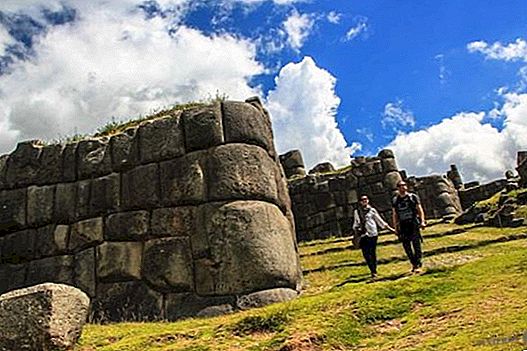
Sacsayhuaman

Cuzco views
 Day 12: CUZCO - PISAC - OLLANTAYTAMBO - AGUASCALIENTES
Day 12: CUZCO - PISAC - OLLANTAYTAMBO - AGUASCALIENTES


